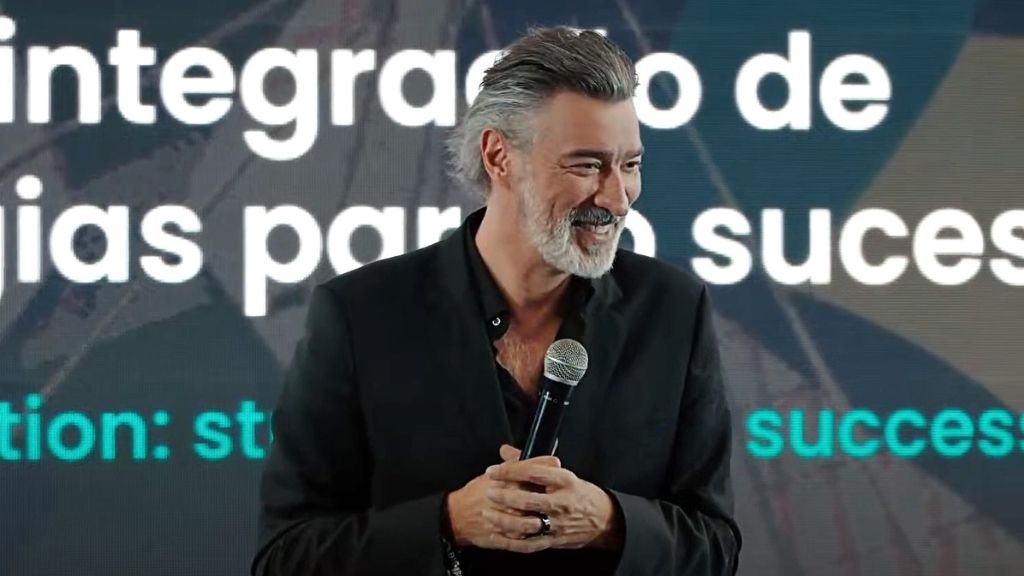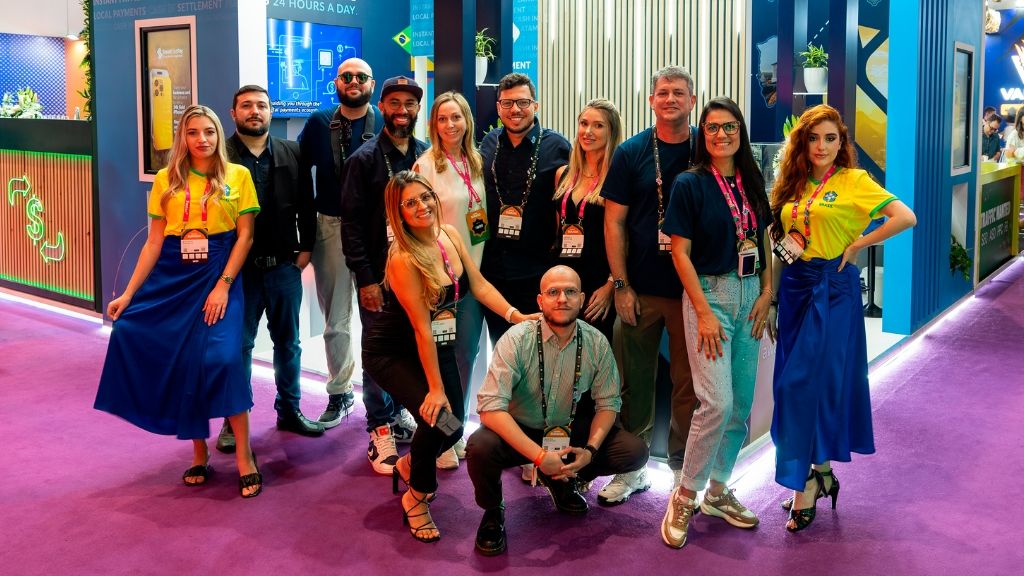In a candid discussion with Yaniv Baruch, Chief Operating Officer (COO) of Playnance, a top-ranking Polygon-powered PvP game and a B2B plug-and-play iGaming platform, SiGMA News gained some valuable insights into the transformative journey of the blockchain gaming market in 2023.
Contrary to earlier speculation, Baruch shares his thoughts that the industry has experienced robust growth, both in terms of investment and innovation.
Rise in wallets on the Polygon network
Drawing on his extensive fintech background, he highlights the sector’s significant progress, reaching one million daily unique active wallets, accounting for a substantial 33 percent of the monthly activity in the blockchain industry. He underlines this achievement with data indicating a remarkable 53 percent increase in daily unique active wallets on the Polygon network during the first quarter of 2023.
The tangible financial benefits players are reaping from blockchain games. Citing Playnance as an example, an average daily paid volume of 1 million MATIC and over US$ 315 million paid to winners. Baruch explains that the cumulative rewards distributed to gamers have surpassed US$ 240 million. These statistics, according to Baruch, reflect not only the growth in user engagement but also the increasing financial confidence within the sector.
Despite a dip in market dominance, blockchain gaming remains a prominent player in the evolving landscape of decentralized applications (dApps).
Sustaining player engagement in oversaturated market
As we dig deeper into the interview, Baruch shares strategies for developers to ensure player retention in an oversaturated gaming market.
One must consider the importance of lowering entry barriers and refining reward systems.
Baruch suggests keeping blockchain and crypto elements on the backend to enhance the in-game experience. He advocates for a user-friendly onboarding process, ensuring players can immerse themselves in the game without extensive preparation or tutorials. For him, it’s crucial to create a welcoming environment, especially for those new to the crypto space, as crypto-related complexities are seamlessly tucked away and some customers may disengage if the process is too long-winded.
Retention in a competitive market
Moving forward, Baruch provides insights into strategies employed by blockchain game developers to elevate user engagement and retention in a highly competitive gaming market. He underscores the significance of personalized gaming experiences and effective tokenomics.
Continuous efforts are vital to increase the value of initial investments, maintain game freshness and uphold exclusivity. Noting a shift away from the ‘play-to-earn’ model, Yaniv observes a growing focus on enhancing in-game experiences by introducing AAA-style graphics and gameplay with embedded decentralized features like asset ownership and NFTs.
As a seasoned professional in the fintech space, Yaniv believes that the key to long-term player retention lies in combining core aspects of Web2 gaming with subtle Web3 elements, offering a holistic and engaging gaming experience.
Web3 gaming experience
Looking ahead to 2024, Baruch envisions a future where blockchain games become more user-centric, with lower barriers to entry. He expects highly immersive and personalized gaming environments where traditional gamers seamlessly transition into blockchain gaming without hurdles or learning curves.
It goes without saying that advanced AI algorithms will play a pivotal role in tailoring gaming experiences to individual preferences, adapting gameplay in real time based on player behaviour and feedback.
Interoperability will be a cornerstone, allowing players to move assets across different games and platforms effortlessly, creating an interconnected gaming ecosystem.
Baruch reminds me of the continued integral role of NFTs, not just as collectibles but as functional assets within games, enhancing gameplay and providing real-world value.
Security and decentralization
In addressing the critical balance between security, decentralization, and user experience, Baruch acknowledges the complex task at hand and the challenges going forward.
The role of decentralized identity solutions in providing robust security without compromising ease of use. Offering insights into best practices, Baruch stresses the importance of flexible entry points and conventional features for in-game transactions to ensure accessibility for users familiar with Web2 technologies.
Smart contracts are integral for secure and transparent asset management, but they must be optimized for efficiency to enhance the user experience.
Baruch places a strong emphasis on security, considering it a priority in the nascent blockchain gaming sector. Proactive security audits demonstrate a project’s commitment to user security.
Blockchain games for a broader audience
In conclusion it is evident that blockchain games need to be designed with user interfaces with non-technical users in mind. By concealing complex blockchain operations behind intuitive UI elements, developers can reduce the learning curve and enhance the overall gaming experience, making blockchain games more accessible to a broader audience.
Baruch’s multifaceted expertise, combining fintech and gaming, has helped to provide us with an outline of the current state and future trajectory of blockchain gaming, shedding light on strategies that will shape the industry in the years to come.
SiGMA News was speaking with Yaniv Baruch. He is Chief Operating Officer (COO) for Playnance and a fintech professional who started his career as a stock trader for RBC Capital Markets in 2004. He became a Series 7 licenced Prop Trader. Baruch has held key roles in reputable fintech companies like Anyoption, where he served as the Head of Trading for seven years and Daweda Exchange as CEO.
Related topics:
- BtoBet and EBET initiate legal action against Aspire Global (sigma.world)
- Entain’s challenges as Goldman Sachs downgrades stock – SigmaPlay
- Vietnam’s ambitious $2.2 billion resort in Van Don gains momentum (sigma.world)


























